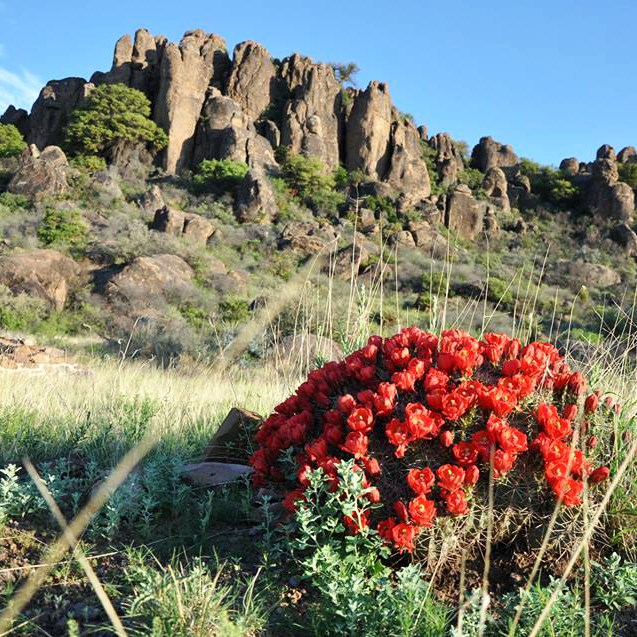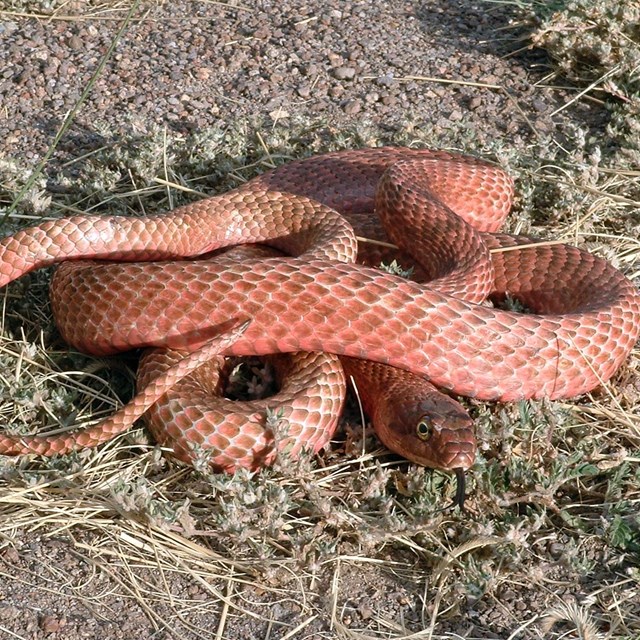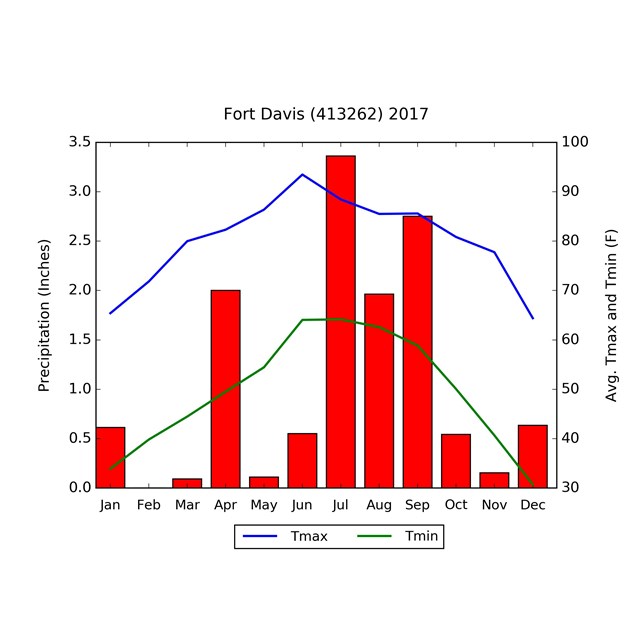
NPS Photo
Fort Davis National Historic Site in Texas symbolizes the era of westward migration and the essence of the late 19th century U.S. Army. It is a vivid reminder of the significant role played by the military in the settlement and development of the western frontier. From 1854 until 1891, troops stationed at the post protected emigrants, freighters, mail coaches, and travelers on the San Antonio-El Paso Road hoping to reach the gold fields of California. As with many other cultural sites, the location of of Fort Davis is directly related to scarce and important natural resources. It was built at a strategic location along the San Antonio-El Paso road with reliable water.
The park is situated at the eastern side of the rugged Davis Mountains. The elevation ranges from approximately 1,487 meters (4,880 feet) at the fort to approximately 1,591 meters (5,220 feet) in the Davis Mountains. The park is primarily comprised of desert and semi-desert grasslands, but also contains desert scrub and woodlands, montane chaparral, and montane woodlands. Annual precipitation averages 48 centimeters (19 inches).
Fort Davis National Historic Site is home to 465 plant species from 76 families, and a number of vertebrate taxa including 49 reptile and amphibian species, 15 mammal species, and 146 bird species. We monitor climate, invasive exotic plants, landbirds, and terrestrial vegetation and soils at this park.
-
 Species Lists
Species ListsFind species lists for this park here
-
 Climate Analyzer
Climate AnalyzerFind climate data for this park here
Reports & Articles
Read more about our work at this park in the resource briefs (short summaries), monitoring reports (detailed results), condition assessment (natural resource conditions), and web articles below. An interactive bird checklist for this park is also available here. Inventories (baseline reports and lists of natural resources) and protocols (monitoring procedures) can be found on our reports & publications pages.
Source: NPS DataStore Collection 5481. To search for additional information, visit the NPS DataStore.
Source: NPS DataStore Saved Search 3514 (results presented are a subset). To search for additional information, visit the NPS DataStore.
Source: NPS DataStore Collection 3705 (results presented are a subset). To search for additional information, visit the NPS DataStore.
Source: NPS DataStore Saved Search 3353 (results presented are a subset). To search for additional information, visit the NPS DataStore.
Quick Reads
Last updated: May 14, 2021
